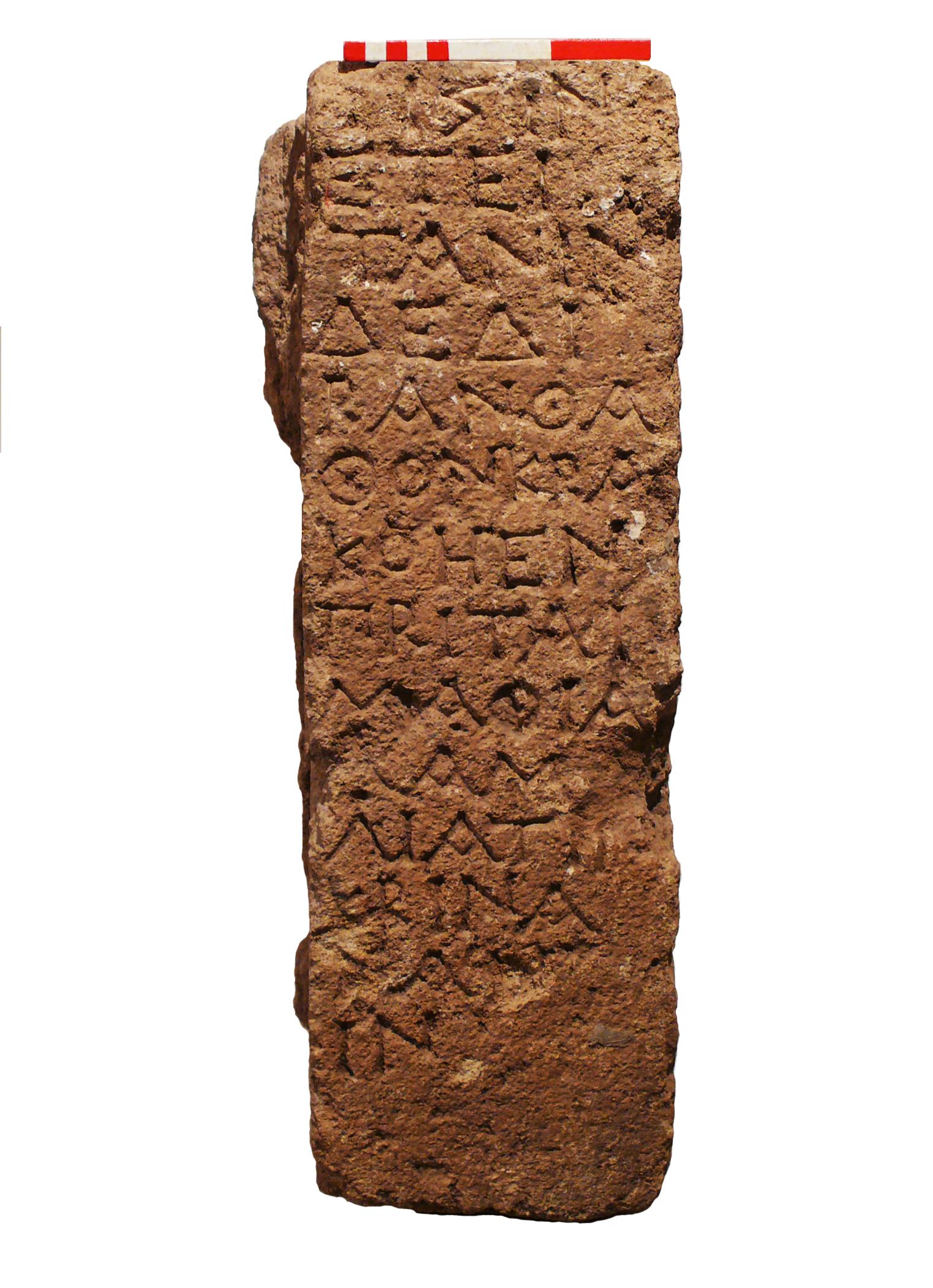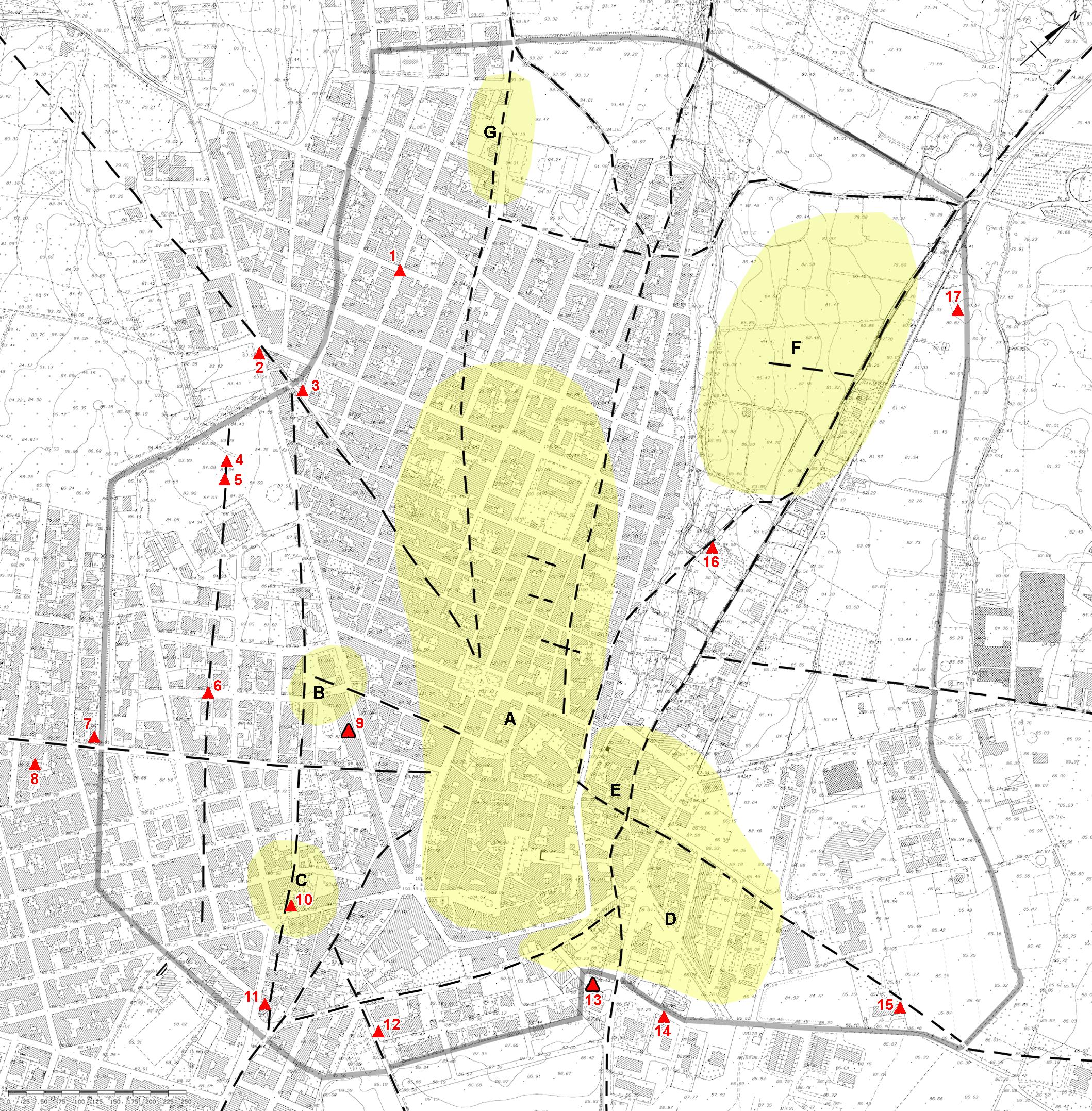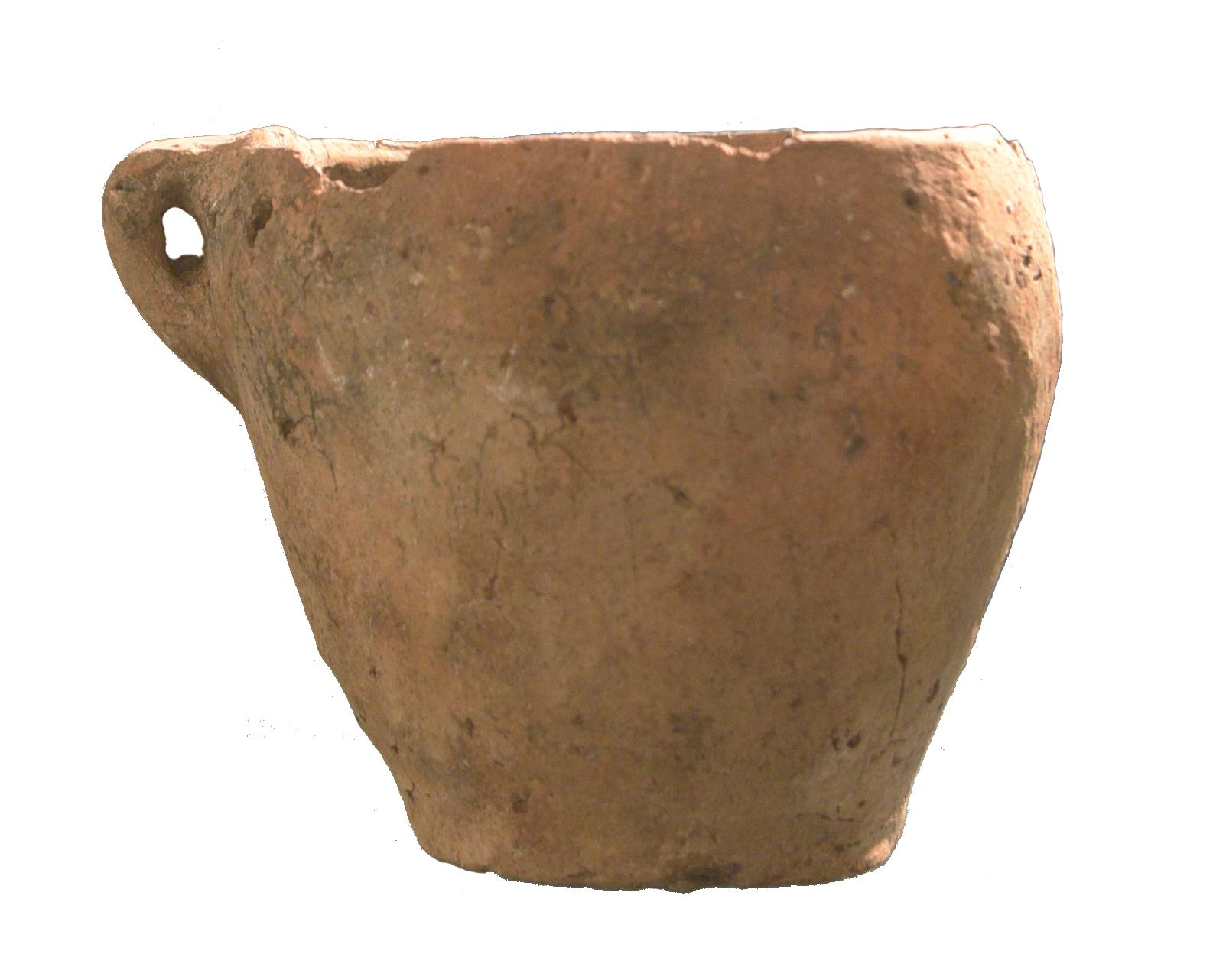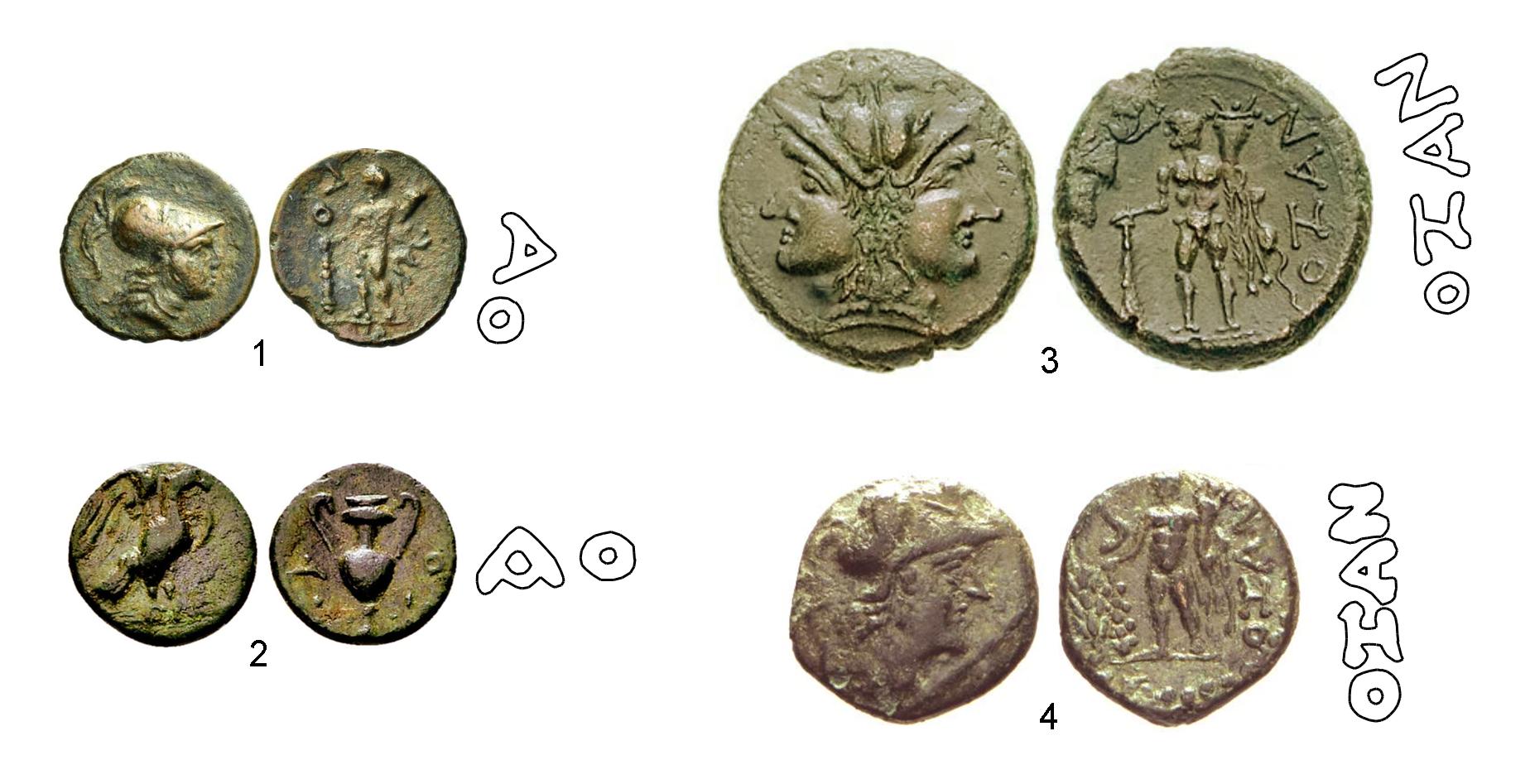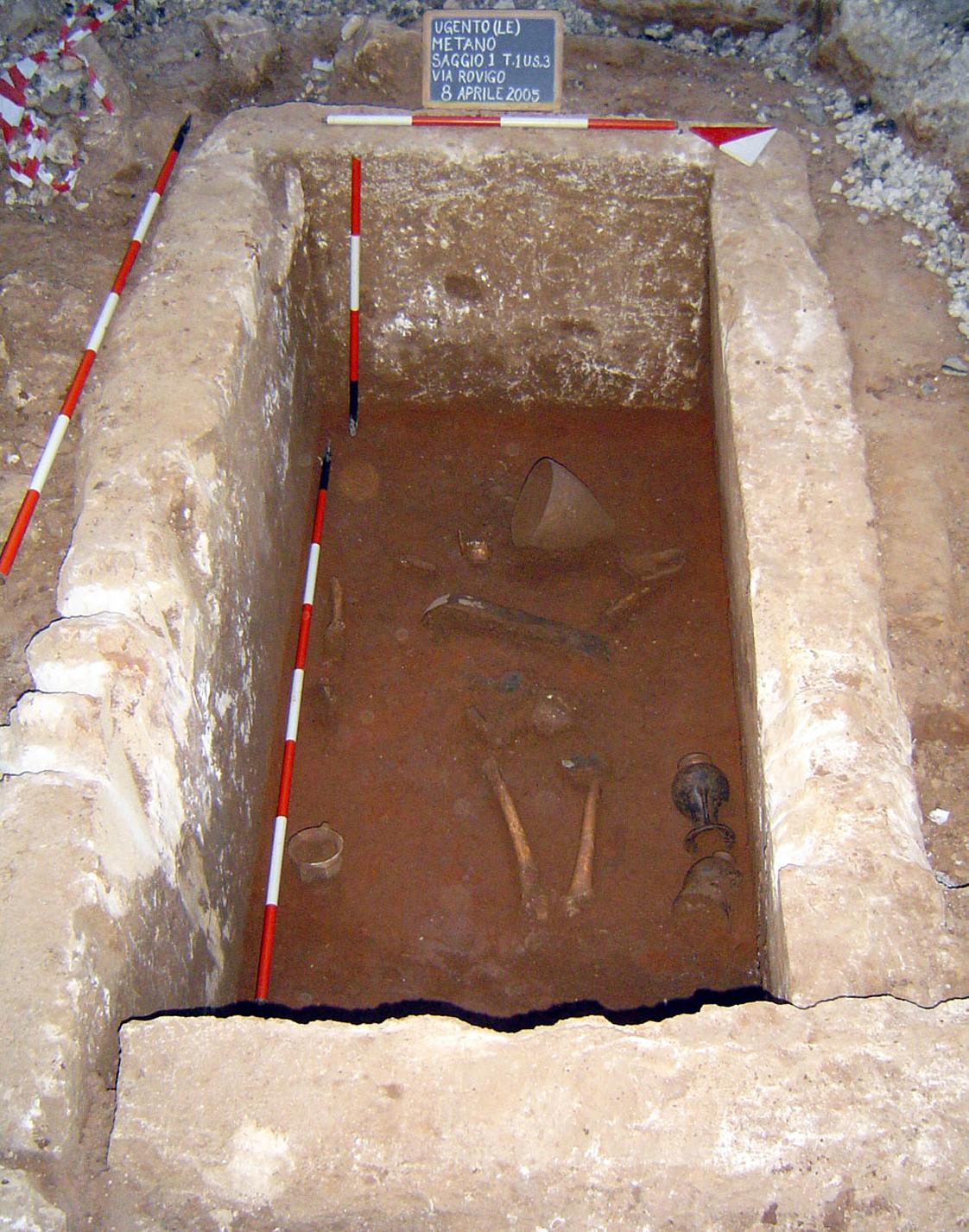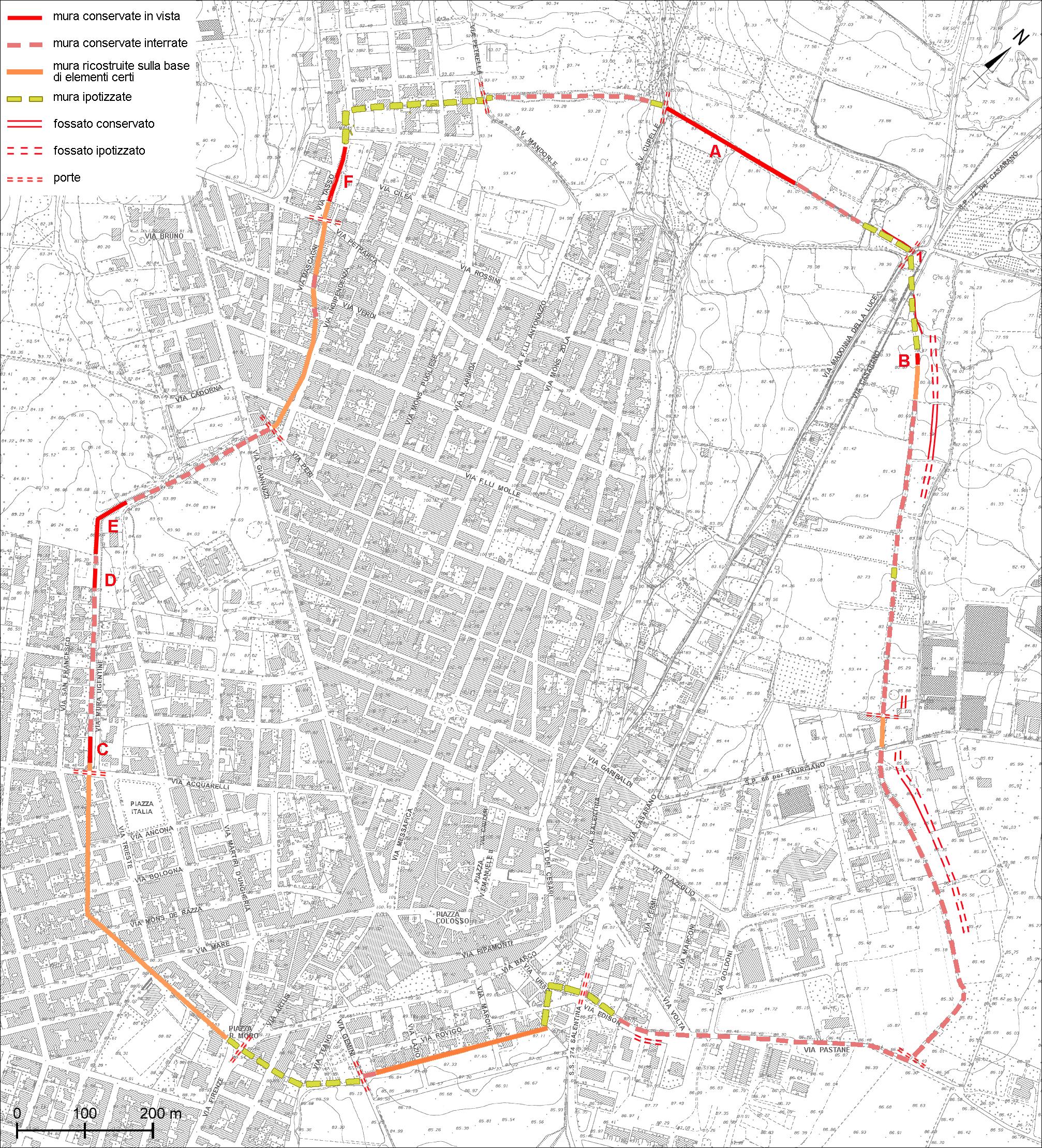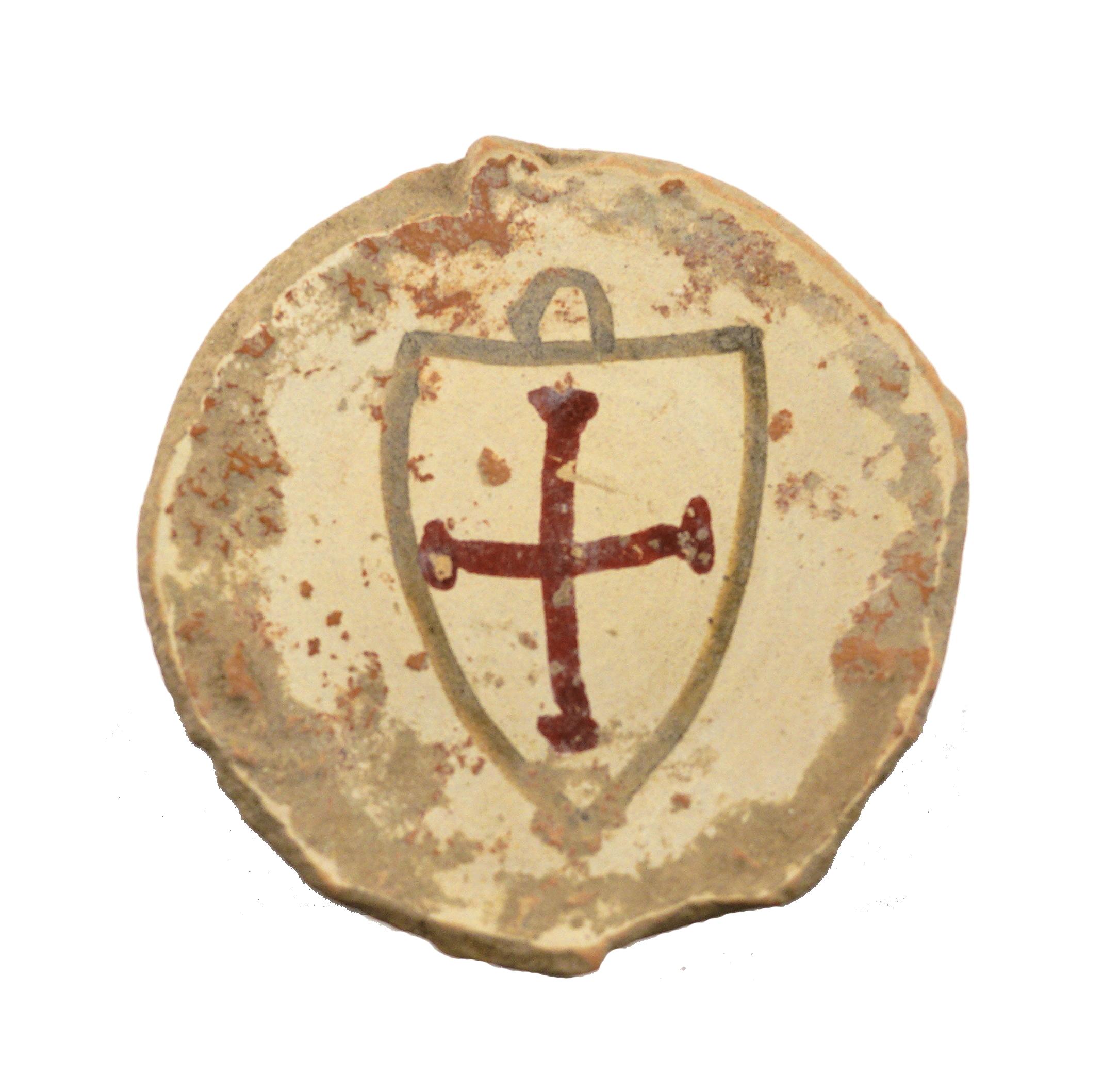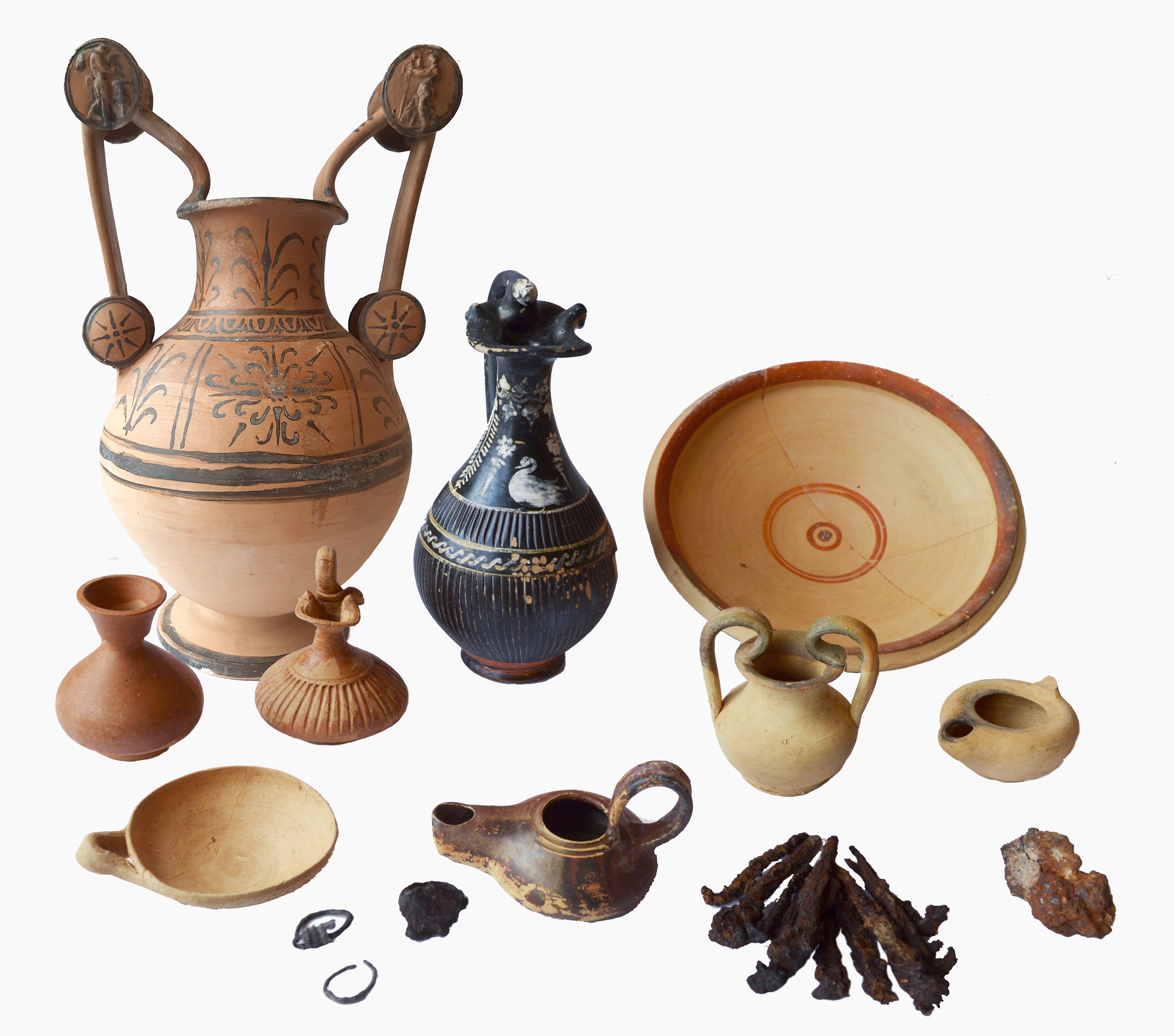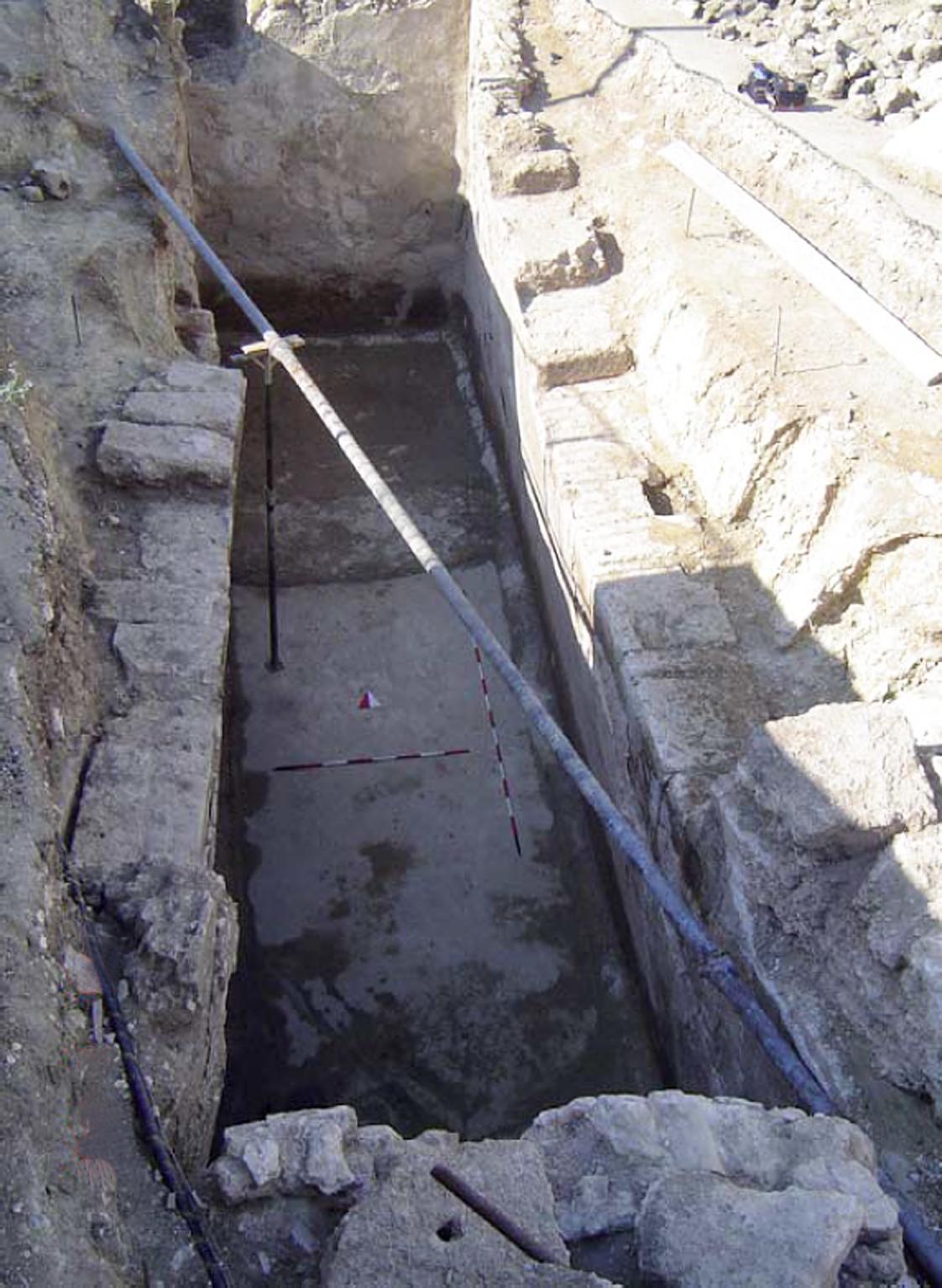
Ugento in Messapian, Roman and medieval times
Although sporadic finds allow us to hypothesise at least the presence of the site since the Neolithic and Eneolithic periods, there is some evidence of a first settlement on the top of the Ugento hill, corresponding to its southern part, which is now the historical centre, from the Late Bronze Age (12th-10th century BC)


